France – Day 4: Old to New
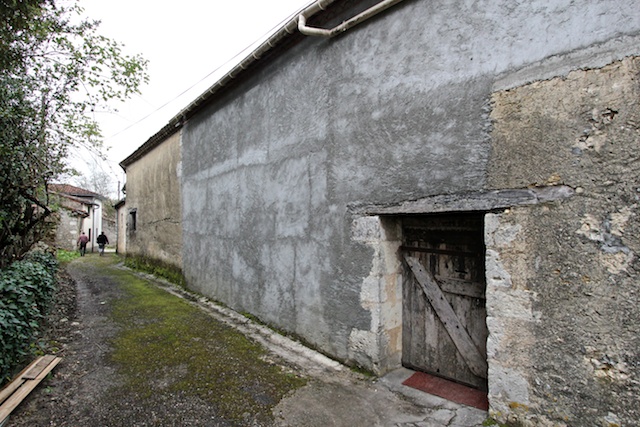
I rarely let it show in my online persona, but if you're one of our in-store customers and you've talked with me over the past few weeks, you might have noticed my burnout. I've been tired lately. Not just from the hard work and late nights, but also from the standard grind of the marketing machine. I've been finding it more difficult to maintain the same level of enthusiasm I've always approached wine and spirits with – partly because I'm getting older, but also because I'm becoming wiser. There are very few surprises anymore. I've tasted the trophy wines, the must-have bottles, and the legendary casks. They're great, but what really interests me now are the people who make alcohol. I needed this trip because there's nothing like a little time in Gascony to remind me of exactly why I love this job. Armagnac country is the last real place on the planet where you can still find authenticity, quality, value, honesty, and passion in the distilled spirits industry. There are no corporations, no brands, and no global portfolios – just farms, vineyards, fois gras, and great people.
I absolutely love it here and I couldn't wait for the day's appointments to begin.
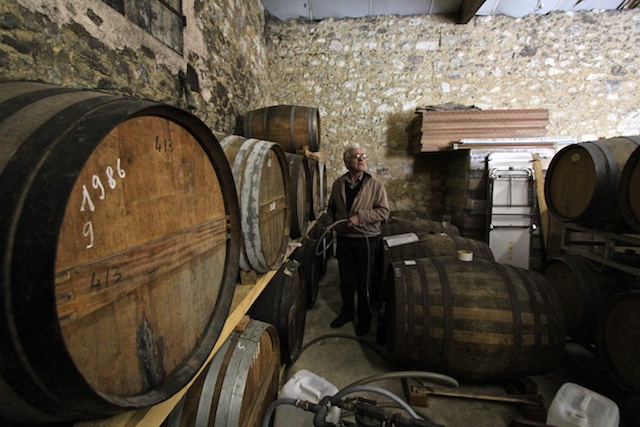
Our first stop of the day was to one of the largest and most-renowned wine producers in the Gascogne: Duffour and his Domaine Saint-Lannes. We actually didn't know that Monsieur Duffour had any Armagnac! Charles was just stopping by to taste the new vintage of vin blanc when we noticed some barrels stacked in the corner.
"He actually has some brandy as well" Charles told us as we swirled our glasses. "We should probably taste them."
Two vintages really stood out: 1985 and 1988. If the price is right (which we think it will be) these might be absolute steals. The 85 was simple, but delicious – loaded with dark cocoa and chocolate with an aromatic nose of baking spices and toasted almonds. The 88 was more of Bourbon-type of brandy with the new oak playing more of a role in the lighter-fruited palate. We think these are two definite possibilities.
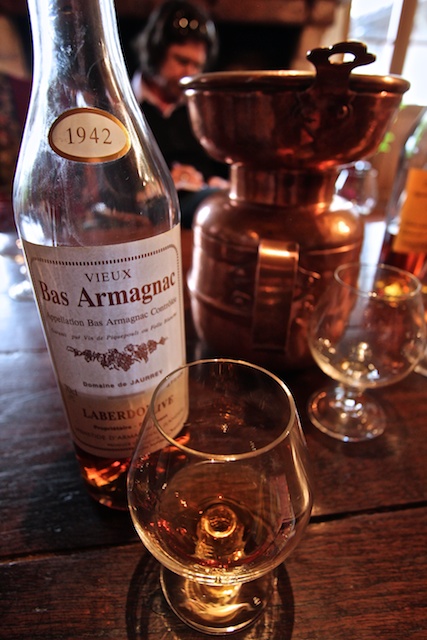
Our first real appointment of the day was a very important one. We were meeting with Pierre Laberdolive – perhaps the most-respected Armagnac producer in the region. The brandies of Domaine de Jaurrey have been imported to the United States in the past, but we learned they had just recently lost their representation. They are expensive and production is small, which makes them difficult to sell – even with their esteem. If there were a whiskey analogy, think Pappy Van Winkle in terms of pricing, availability, reputation, and quality. In terms of flavor, you might also want to keep the Van Winkle comparison in the back of your mind. After tasting the 1988 vintage around the table of Laberdolive's living room, I think you could fool many a Pappy 20 drinker into thinking this Armagnac was old Stitzel-Weller juice. The finish was magnificant – a five minute linger that left clove, pepper, wood spice, and vanilla coating my palate. I had never before tasted anything from Domaine de Jaurrey, but it was clear upon the first sip why they enjoyed a reputation for greatness.
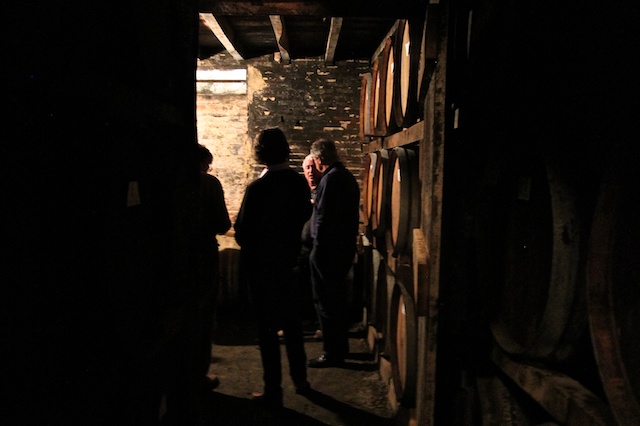
We sampled a number of amazing spirits at Laberdolive – both from bottle and from cask. There are a few possible K&L selections in the works depending on their cost. Ultimately, we want value for our customers, but we also want benchmarks. To me, these might be the best Armagnacs I've ever tasted as a portfolio. Even if they're pricey, I'd like to have them for the diehards who want to experience this level of quality. Pierre doesn't talk cepage either, which is interesting. He won't tell you which varietals are in each expression. He only believes in great vintages, not great grapes.

We swung by Domaine d'Ognoas for a refresher, meeting up with some familiar faces at the estate. We've had great success with the 1973 and 2000 vintages, but we wanted to possibly put together a marriage of various casks that would offer a more streamlined selection for entry-level-minded customers. I think we found a winner. We worked out an XO blend that should clock in around $49.99 on the shelf. For fans of simple, straight-forward, rich and tasty Armagnac, this one's for you.
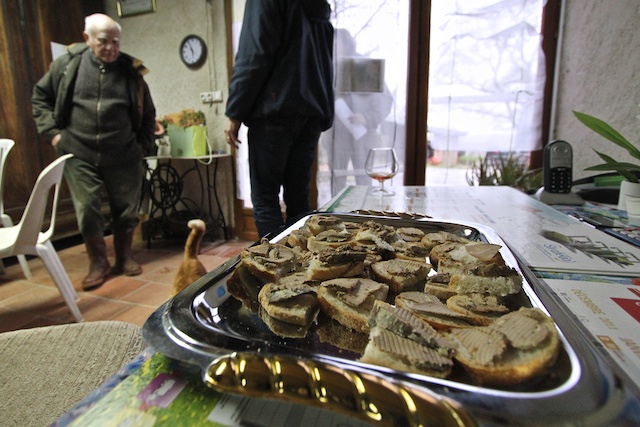
And, of course, how could we not stop by Baraillon and see our old friends: the Claverie family. They're always waiting for us with a table full of samples and a plate full of bread with meat on it.
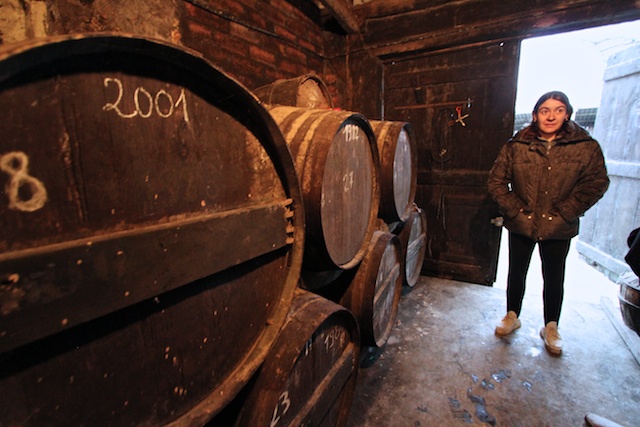
Laurence was at the helm, per the usual, and I think this visit was our best yet. We've been monitoring the maturation of a few casks in their warehouse and we're really happy with their development. We'll likely be taking an entire barrel of 1974 and 1984 vintages, along with some new 100% folle blanche expressions and a 20 year old assemblage. I absolutely adore the Claveries. They're so down-to-earth and humble about their craft. Baraillon Armagnac is one of the most honest and authentic spirits in the world, in my opinion. It's so rustic and emblematic of who these people are. Kyle was overcome with emotion when we left.

We stopped at a few other properties along the way back to Montreal and met more lovely folks who populate the countryside of Gascony. We're off to dinner now (at 9:30 PM) and we'll probably eat until 2 AM. It's a different way of life here in Armagnac country and that's what I love about it. I can't say that I could ever make two pounds of duck fat, four bottles of wine, and a few slugs of Armagnac part of my daily routine, but I enjoy the opportunity to partake in it once a year. And I enjoy the people. Even with the language barrier between us, I still clearly understand what they're about, and ultimately that's what I wish we could bottle up and ship back home.
Not so much the booze, but the character of the people who make it. This is truly a magical place. I'm fired up.
-David Driscoll
